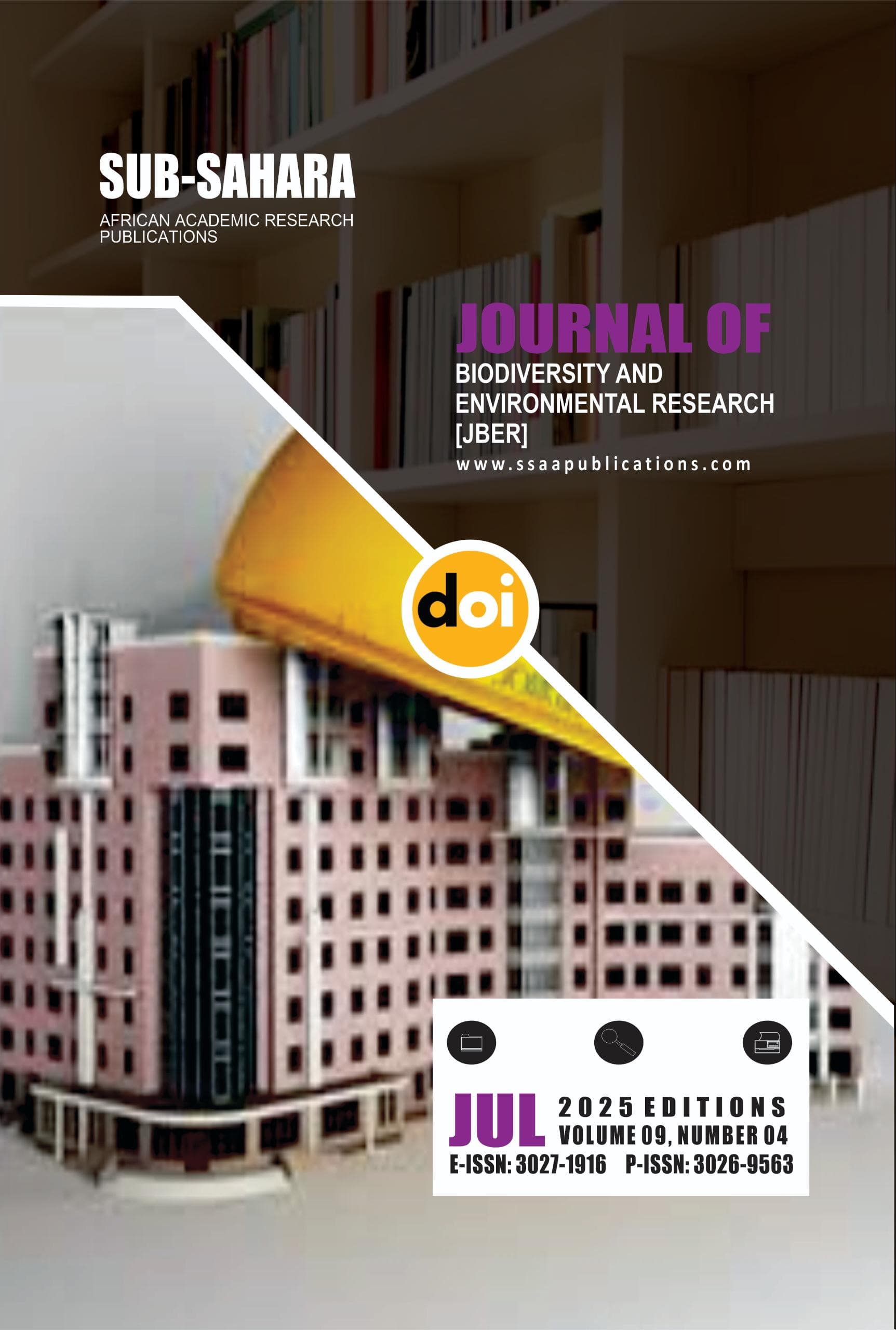INNOVATIONS IN DEEP FOUNDATION SYSTEMS: A SYSTEMATIC REVIEW OF DESIGN APPROACHES AND PERFORMANCE MONITORING
DOI:
https://doi.org/10.70382/sjber.v9i4.036Keywords:
Digital Twin Frameworks, Machine Learning in Geotechnics, Performance Monitoring, Design Innovation, Deep FoundationsAbstract
As infrastructure demands increase in complex geotechnical environments, the need for reliable, efficient, and sustainable deep foundation systems has intensified. This study presents a systematic review of thirty peer-reviewed articles published between 2010 and 2025, focusing on innovations in deep foundation design and performance monitoring. The review explores how recent advances, ranging from machine learning algorithms and enhanced numerical simulations to real-time sensing and digital twin frameworks, are transforming traditional foundation engineering paradigms. Articles were sourced from ASCE, Scopus, and ScienceDirect using a structured PRISMA protocol, with rigorous screening and inclusion criteria emphasising methodological novelty, empirical validation, and relevance to design–monitoring integration. Results reveal a strong emphasis on performance-based design approaches, including site-calibrated p–y curve models, hybrid pile systems, and AI-driven settlement predictors. Likewise, innovations in performance monitoring, such as fibre-optic instrumentation and fatigue simulation, offer enhanced insight into in-service foundation behaviour. However, only a minority of studies demonstrated closed-loop frameworks where monitoring data informed adaptive design updates, highlighting a critical gap in design–monitor–update (DMU) integration. Key challenges include limited field-scale validation, underutilization of monitoring data, and the absence of standardised metrics for cross-study comparison. The paper concludes by recommending future directions that include open-access databases, multi-hazard modelling, sustainability assessment, and digital twin implementation. These steps are essential to transitioning from static, empirical methods toward intelligent, resilient, and performance-verified foundation systems.
Downloads
Downloads
Published
Issue
Section
License
Copyright (c) 2025 ABUBAKAR SADIQ USMAN, ADAMU UMAR ISMAIL, BARNABAS MAJON BASHAYI (Author)

This work is licensed under a Creative Commons Attribution 4.0 International License.







